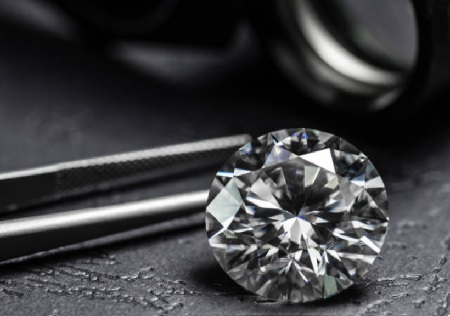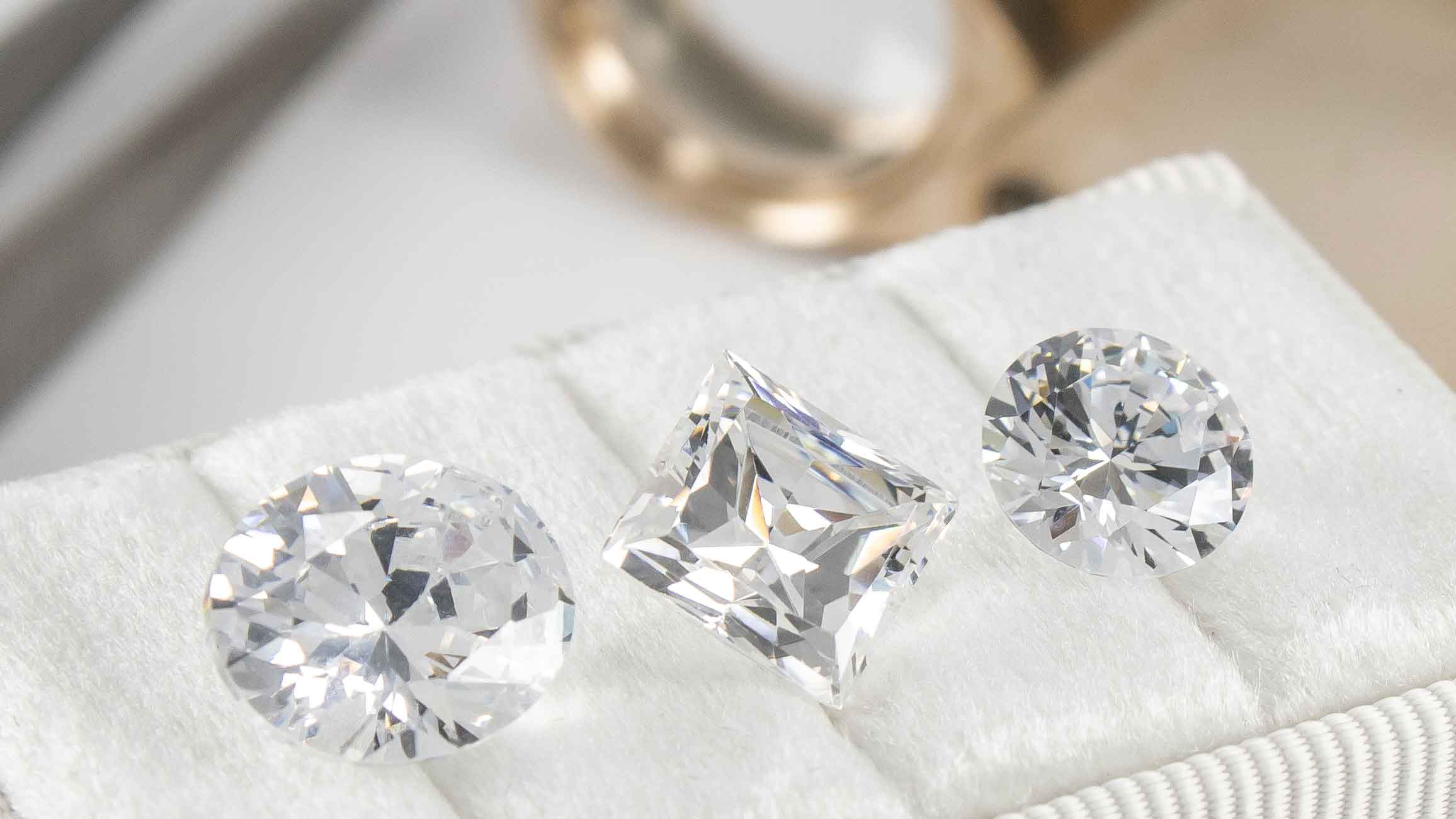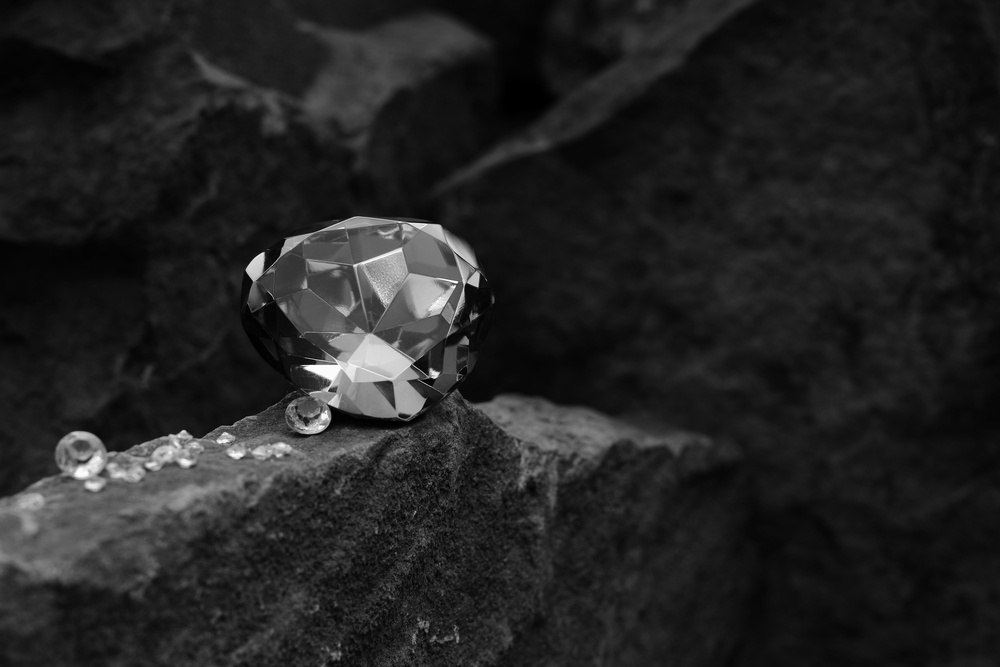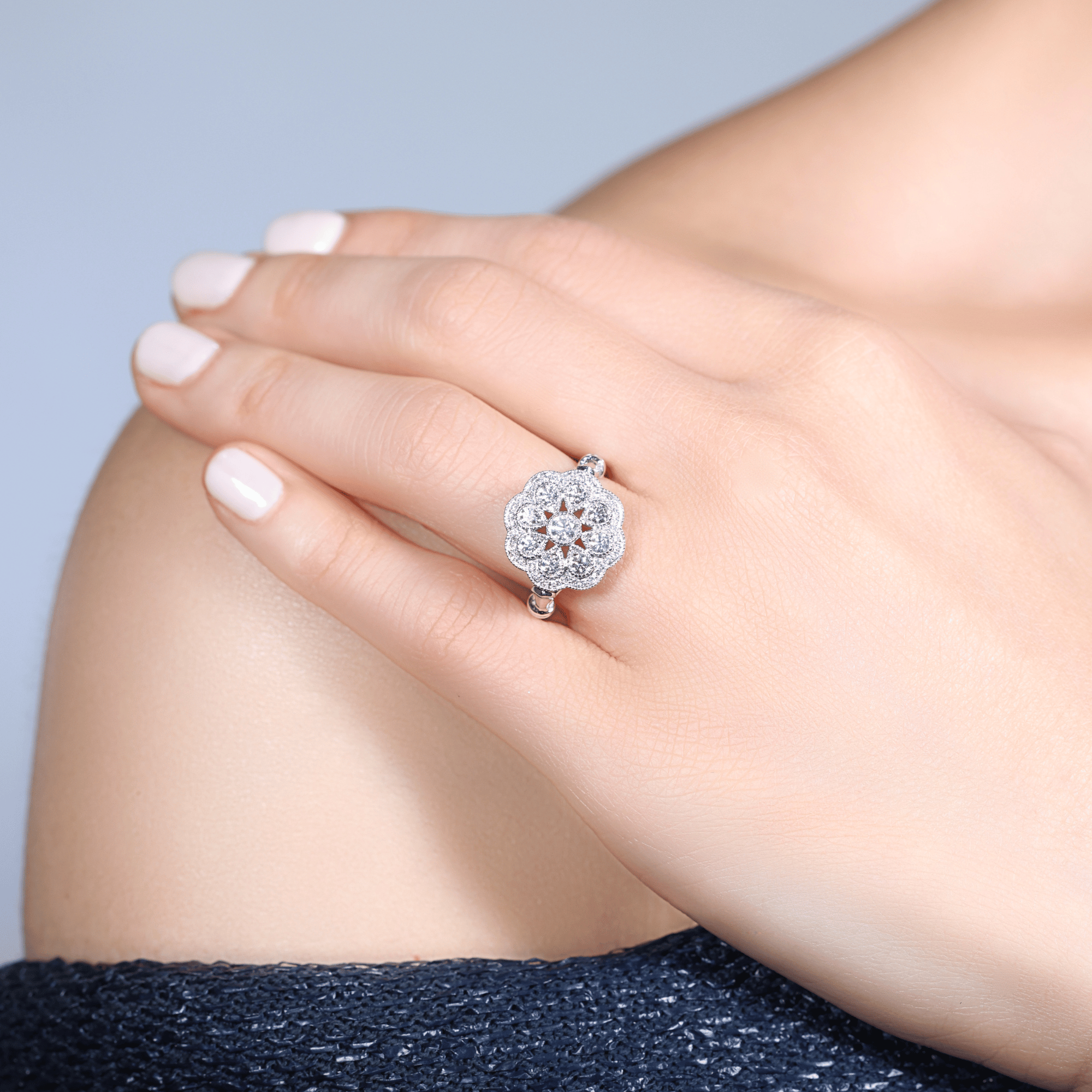
Lab diamonds are revolutionizing the diamond industry, offering a sustainable and ethical alternative to mined diamonds. These diamonds are created in controlled laboratory environments, using advanced technology to mimic the natural processes that form diamonds in the Earth. In this article, we will explore the growing popularity of lab diamonds, their impact on the jewelry market, and how they are influencing global cultures and trends.
What Are Lab Diamonds?
Lab diamonds and cultures, also known as synthetic diamonds or cultured diamonds, are chemically and physically identical to natural diamonds. The primary difference lies in their origin. While natural diamonds are formed deep within the Earth’s crust under extreme pressure and heat, lab diamonds are produced using two methods:
- High Pressure High Temperature (HPHT): This technique mimics the natural conditions that form diamonds by applying high pressure and temperature to carbon atoms.
- Chemical Vapor Deposition (CVD): CVD involves the use of a gas mixture that breaks down into carbon atoms, which are then deposited onto a substrate, slowly building up a diamond structure.
Both methods result in diamonds with the same chemical composition, hardness, and brilliance as those formed naturally over millions of years.
The Environmental and Ethical Appeal of Lab Diamonds
A Sustainable Choice for a Greener Future
One of the primary reasons for the growing popularity of lab diamonds is their minimal environmental impact. Traditional diamond mining is notorious for its destructive effects on ecosystems, including deforestation, soil erosion, and water pollution. In contrast, lab diamonds require significantly less land, water, and energy. As the global population becomes more environmentally conscious, consumers are increasingly choosing lab-grown diamonds as a sustainable alternative.
Ethical Considerations: A Solution to Conflict Diamonds
Lab diamonds also address the ethical concerns surrounding traditional diamond mining. The term “blood diamonds” refers to diamonds mined in war zones and sold to finance armed conflict. By purchasing lab-grown diamonds, consumers can avoid supporting these unethical practices. Many lab-grown diamond companies provide transparency and traceability, ensuring their products are conflict-free.
Lab Diamonds in the Jewelry Industry: A Growing Trend
Accessibility and Affordability: Redefining Luxury
One of the most significant advantages of lab diamonds is their affordability. Lab-grown diamonds are typically 20-40% less expensive than their natural counterparts, making them more accessible to a broader range of consumers. This price difference allows individuals to purchase larger or higher-quality diamonds for the same price as a smaller, lower-quality mined diamond. As a result, lab diamonds are rapidly gaining traction in engagement rings, wedding bands, and other fine jewelry.
Customization and Innovation
Lab-grown diamonds offer opportunities for greater customization in jewelry design. With the ability to create diamonds in a controlled environment, designers can experiment with different shapes, sizes, and cuts, resulting in more unique and innovative jewelry pieces. This customization aspect is appealing to modern consumers who seek one-of-a-kind designs that reflect their personal style.
Cultural Impact of Lab Diamonds: Changing Traditions
Redefining Luxury and Status
In many cultures, diamonds have long been symbols of wealth, power, and status. However, as lab made diamonds become more popular, they are beginning to challenge the traditional perception of luxury. The appeal of owning a diamond is no longer limited to the exclusivity of its rarity. With lab diamonds offering the same beauty and quality at a more affordable price, consumers are placing greater importance on the ethical and environmental benefits of their purchases.
Shifting Perspectives on Engagement Rings
Engagement rings, traditionally a significant symbol of commitment and love, are experiencing a cultural shift as more people choose lab diamonds over mined stones. The decision to go with a lab-grown diamond is often driven by a desire for an ethical, sustainable, and cost-effective option. Millennials and Gen Z, who are particularly concerned with social and environmental issues, are leading the charge in this cultural transformation. Lab diamonds are not only a symbol of love but also a reflection of values such as responsibility and consciousness.
The Future of Lab Diamonds: An Ethical and Cultural Shift
The future of lab diamonds looks bright, with continued innovation and growing acceptance within the jewelry industry. As consumer demand for sustainable and ethical products increases, more jewelry brands are incorporating lab-grown diamonds into their collections. With advances in technology making the production process more efficient, the cost of lab diamonds may continue to decrease, making them even more accessible to the masses.
Furthermore, as lab diamonds become more culturally accepted, they will likely continue to influence trends in weddings, fashion, and even investment markets. The ongoing shift towards responsible consumerism is helping to shape the future of both the diamond industry and the wider jewelry market.
Conclusion: Embracing Lab Diamonds for a Better Tomorrow
Lab diamonds are more than just a passing trend; they represent a significant cultural and environmental shift in the way we view luxury, love, and sustainability. With their ethical sourcing, affordability, and superior quality, lab diamonds are reshaping the jewelry industry and influencing global culture. As consumers become more conscious of their purchasing decisions, the popularity of lab diamonds is expected to grow, ushering in a future where diamonds are both beautiful and responsible.
By choosing lab-grown diamonds, you are not only making a statement of style and sophistication but also supporting a more ethical, sustainable, and inclusive jewelry market for generations to come.




